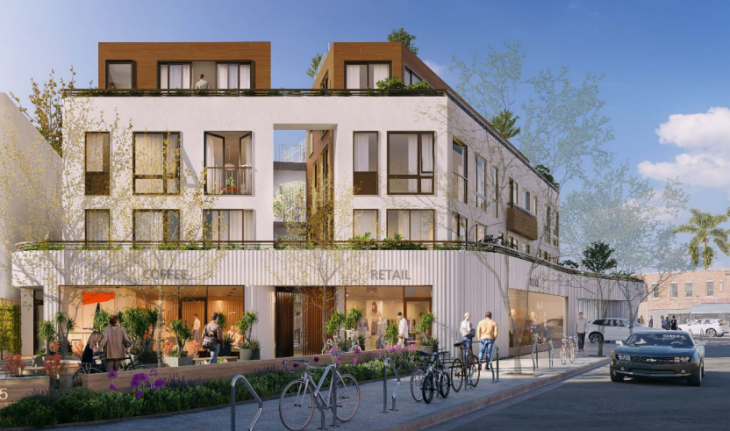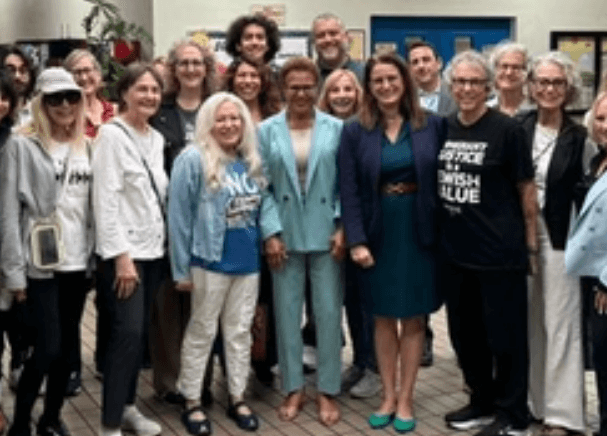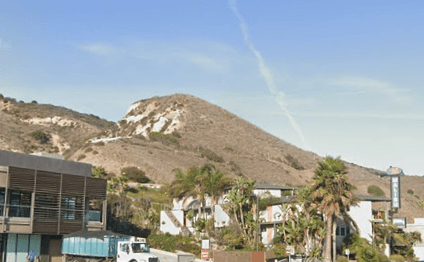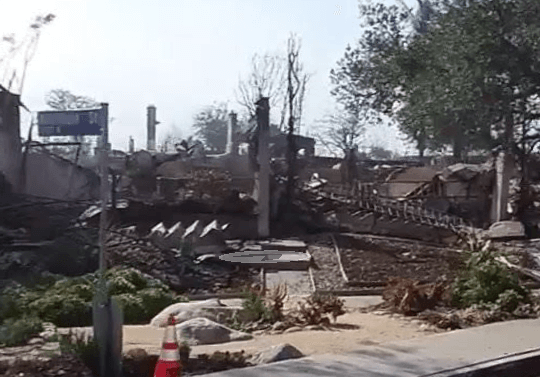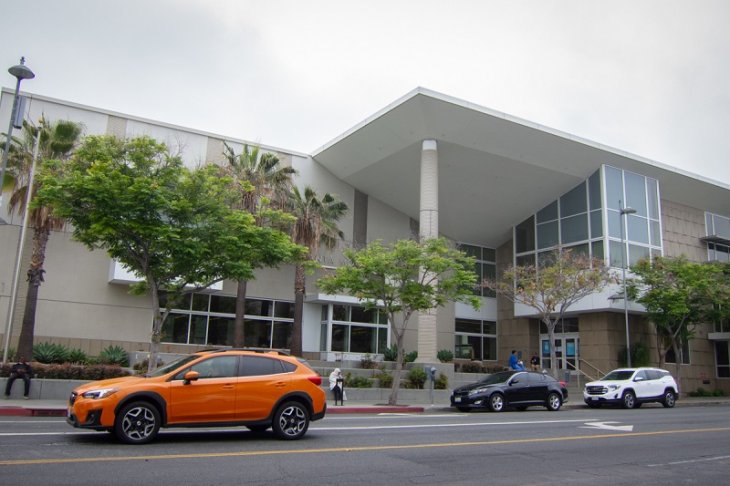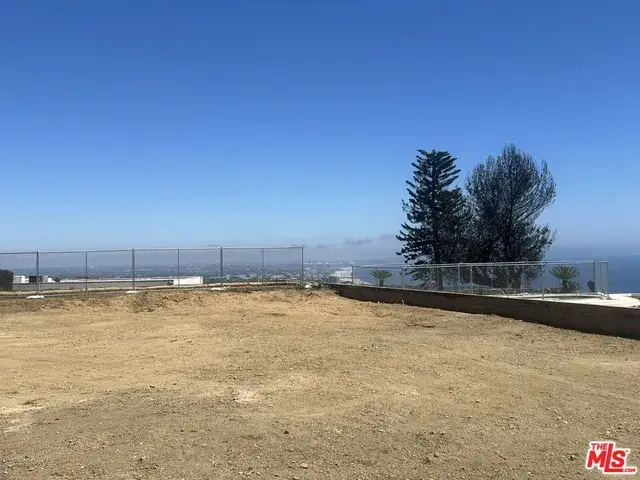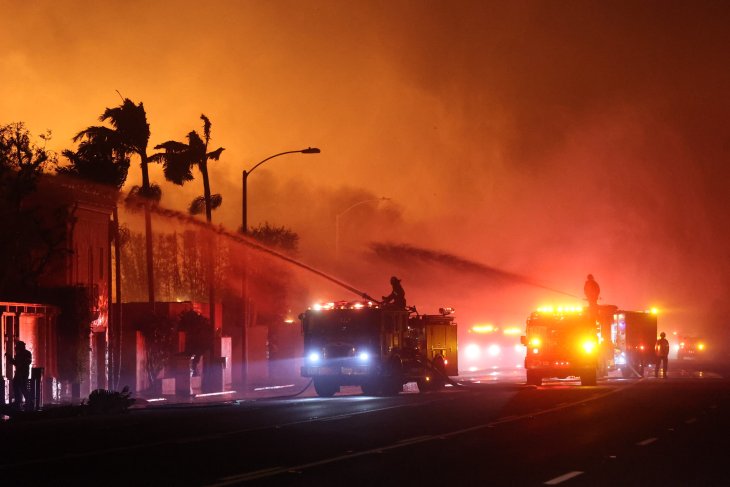By Tom Elias, Columnist
Do voters want more teachers living in their communities, even if it means a little more traffic and perhaps a few less parking spaces for others?
That’s a major question soon to face California school districts, cities and voters as the state deals with a big teacher shortage, seeing 72 percent of school districts unable to find enough applicants to fill their available teaching jobs this year.
“This shortage is caused mainly by housing prices,” claims Matthew Lewis, an official of California YIMBY (Yes in My Backyard), the Oakland-based group dedicated to creating hundreds of thousands of new housing units very soon. YIMBY has lobbied long and hard for all the housing density laws passed by state legislators over the last several years, most notably the 2021 measures known as Senate Bills 9 and 10, which effectively ended R-1 single family zoning throughout the state.
Voters have not yet had a chance to decide the ultimate fate of those measures, but opponents hope to place referenda to kill them on the 2024 ballot and restore R-1 zoning where it was before.
But some local voters will decide long before then on proposals from schools to help ease their teacher shortage by providing subsidized affordable housing for school employees on surplus school property.
With enrollments dropping in many school districts since the start of the COVID-19 pandemic, one seemingly reasonable estimate says school districts now own about 75,000 acres of surplus land.
One such property is the 2.5 acre site of the shut-down James Flood elementary school in the eastern portion of Menlo Park on the San Francisco Peninsula, near the Highway 101 Bayshore Freeway. The land is owned by the Ravenswood School District, which serves both East Menlo Park and East Palo Alto.
Ravenswood officials plan to sign a developer and build approximately 80 to 90 affordable units on the land, beside a city park. The Flood school was closed in 2012 and later demolished, leaving the land vacant with a park beside it.
The site is designated as a housing “opportunity” by Menlo Park’s planned housing element for the years 2023 to 2031. Ravenswood officials say teachers and other school employees would have the first right to apply for new housing there.
At the same time, the prospective development could provide about $500,000 yearly for the Ravenswood budget. Per-pupil spending in that district is well below levels in the neighboring Menlo Park City School District.
“This is important because teachers are not applying for jobs because they cannot afford housing locally, and don’t want to commute for several hours daily to jobs in cities like Menlo Park from distant cities where housing is cheaper,” said Lewis. Already, thousands of San Francisco Bay area workers who cannot operate from home are forced to commute from places like Tracy and Modesto, while their Los Angeles and Orange County counterparts commute from points including Santa Clarita, Bakersfield and Moreno Valley, piling up many hundreds of freeway miles each week.
But no sooner had the James Flood development been announced than neighbors began complaining. Now a local initiative designed to block it or reduce it considerably will appear on next month’s ballot. When Menlo Park’s city council and citizen groups failed to work out a compromise, that initiative remained intact.
Strong sentiment against the project by many area residents emerged in a public meeting last spring.
“I’m very much in favor of affordable housing,” declared one longtime homeowner quoted in news reports. “But not to the detriment of the neighborhoods we love.”
Added another, “There is a need for affordable housing, but just not here.”
It’s rare for NIMBY (Not in My Backyard) sentiments to be expressed so frankly and openly.
But the local initiative will be voted on citywide, and the location essentially means most of Menlo Park would not be directly affected by the project. So its fate is uncertain.
This all may be a harbinger of what’s coming across California over the next decade or so. With all that vacant land and school salaries too low to allow many teachers to buy or rent homes near their jobs, be certain that similar projects will be planned in more and more places.
Email Thomas Elias at tdelias@aol.com. His book, “The Burzynski Breakthrough: The Most Promising Cancer Treatment and the Government’s Campaign to Squelch It,” is now available in a soft cover fourth edition. For more Elias columns, visit www.californiafocus.net.


